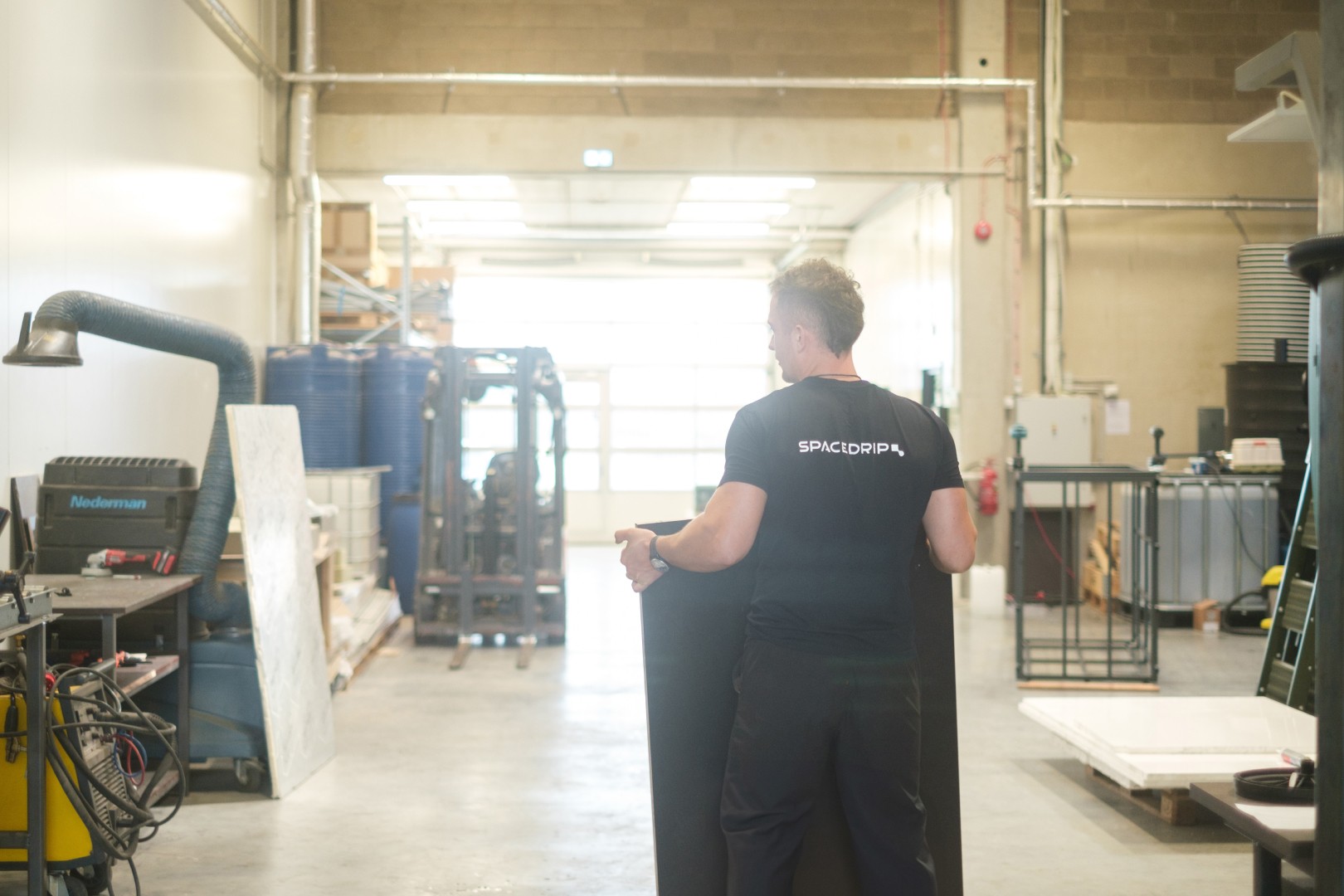Guide to Industrial Wastewater Treatment
1 nov 2024
Guide to Industrial Wastewater Treatment
Industrial wastewater treatment is essential for industries to minimize environmental impact and meet regulatory standards. Industries that generate significant wastewater need advanced technologies to treat contaminants effectively. Key processes include Membrane Bioreactor (MBR) and Reverse Osmosis (RO). One particularly widely-used method is the Activated Sludge Process, which is part of the MBR and offers efficient treatment of wastewater with high organic content.
Activated Sludge Process
The Activated Sludge Process is a biological treatment method used in many industrial and municipal wastewater treatment plants. It relies on aerobic microorganisms like bacteria and protozoa to break down organic pollutants in wastewater. This process is highly effective at removing biodegradable contaminants and is commonly used in industries such as food processing, textiles, and chemicals.
The process begins in an aeration tank, where wastewater is mixed with a biomass of activated sludge, containing millions of microorganisms. The tank is continuously aerated to provide oxygen, which is essential for aerobic microorganisms to thrive and digest organic material. The bacteria metabolize organic compounds, converting them into carbon dioxide, water, and new biomass.
After the aeration phase, the mixture of treated wastewater and sludge flows into a settling tank or clarifier, where the activated sludge settles to the bottom. The clear liquid, or effluent, is then either discharged or subjected to further treatment, while a portion of the settled sludge is recirculated back into the aeration tank to maintain an optimal concentration of microorganisms. Excess sludge is periodically removed and treated separately.
Key benefits of the Activated Sludge Process include its ability to handle high organic loads, flexibility in treatment configurations, and efficiency in removing organic pollutants and suspended solids. Additionally, it requires relatively low operational costs and energy compared to other advanced treatment methods. However, maintaining optimal microbial activity and preventing sludge bulking are critical to its success. Poor aeration, inconsistent feed rates, or changes in wastewater composition can affect performance, so operators must carefully monitor and control parameters like oxygen levels, temperature, and pH.
Membrane Bioreactor (MBR) Technology
MBR combines biological treatment with membrane filtration, offering high-quality effluent. The technology is ideal for industries that produce wastewater with high organic content, such as textiles, pharmaceuticals, and food processing. MBR’s advantages include reduced footprint, lower sludge production, and efficient contaminant removal.
A key feature of Spacedrip’s MBR systems is the automated membrane backwash process, which uses real-time monitoring and sensors to initiate backwash cycles only when needed. This minimizes unnecessary wear on the membranes and saves energy.
Reverse Osmosis (RO)
Reverse Osmosis (RO) uses a semi-permeable membrane to remove dissolved salts, heavy metals, and other contaminants from wastewater. RO is highly effective in desalination and purification for industries like paper manufacturing, oil and gas, and power plants. It is commonly used after pre-treatment to prevent membrane fouling and increase operational efficiency.
Why Industrial Wastewater Treatment Matters
Industries discharge large volumes of wastewater containing harmful pollutants. Without proper treatment, these contaminants can negatively impact the environment, harm aquatic life, and create public health risks. Industrial wastewater treatment not only minimizes environmental damage but also enables water recycling, saving resources and cutting costs for businesses. For example, industries like breweries and textiles are increasingly using wastewater recycling systems to reduce their reliance on freshwater supplies.
Choosing the Right Technology
Spacedrip’s innovative approach combines Membrane Bioreactor (MBR) and Reverse Osmosis (RO) technologies to create highly efficient, sustainable wastewater treatment systems. These solutions are tailored for industries with high water demands and stringent water quality needs, such as defense, manufacturing, and remote infrastructure.
The MBR system integrates automated membrane backwash to extend membrane lifespan and reduce fouling, lowering maintenance needs. Paired with RO, the system treats greywater to potable water standards, adhering to the EU Drinking Water Directive, ensuring that treated water meets stringent quality benchmarks for reuse. Spacedrip systems are designed for minimal manual intervention, running autonomously and delivering consistent water quality with low maintenance.
As water scarcity becomes more pressing, businesses need to invest in solutions that treat wastewater efficiently while supporting water reuse.
References:
Metcalf & Eddy (2014). "Wastewater Engineering: Treatment and Resource Recovery."
World Health Organization (2020). "Global Guidelines for Water Reuse."

